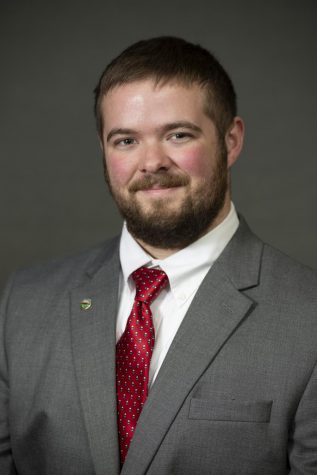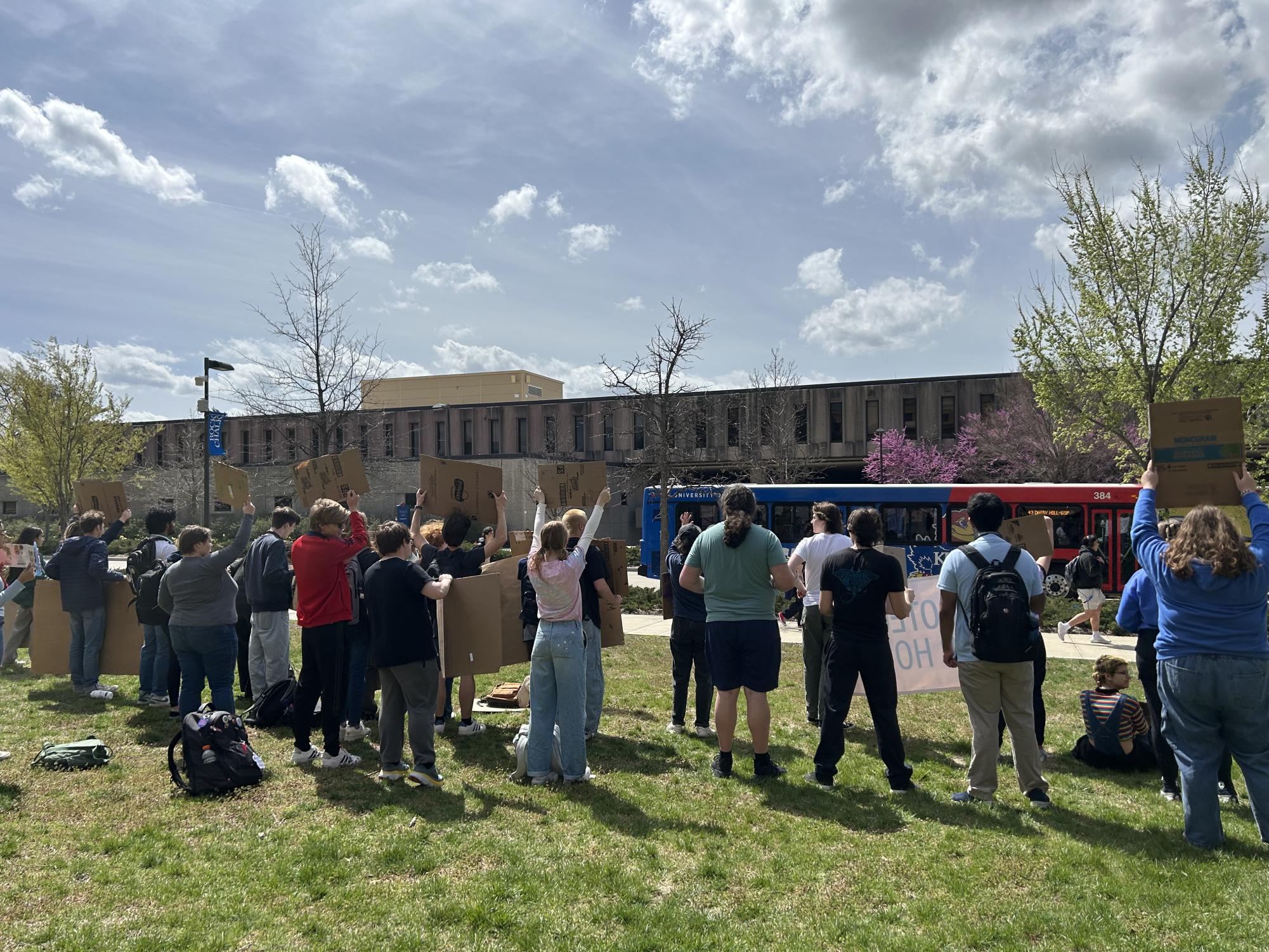Flooding causes widespread damage in Kansas
Recent rainfall has left many areas of Kansas underwater and several towns and communities suffering from large amounts of flood damage. This has forced many to abandon their homes while weather stations report that more storms are on the way. The flooding, when coupled with tornadoes and severe storms, can make a deadly combination for those trapped in the disaster areas. While many Kansans are forced to endure these storms and flood conditions, relief groups and the government work to repair the damage and save what they can in those areas hit hardest in the past few weeks.
According to the National Weather Service, parts of south central Kansas and other locations along creeks and rivers are experiencing historic levels of flooding. Rivers such as Walnut and Little Arkansas are being recorded at their highest levels since 1998 while the Slate River has been recorded as being at its highest since 1975. Flooding in these rivers has threatened towns such as Augusta in Butler County, Winfield in Cowley County and Wellington in Sumner County.
The NWS goes on to state that its location in Wichita at one point had reports of flooding for 38 rivers in Kansas, threatening twenty different counties and thousands of native Kansans. The greatest amount of flooding occurred the night of May 8 as areas southeast of Wichita picked up between seven and 10 inches of rainfall within 24 hours. Water rescues took place in Augusta, Mulvane, Wellington and Rose Hill.
The flooding was so severe that several miles of the Kansas Turnpike were closed south of Mulvane due to the Slate Creek reaching record levels. That much of the Kansas Turnpike hasn’t been closed due to flooding for over 30 years.
Other disasters caused by recent flooding also include a private dam a mile outside of Sabetha which is in danger of failing. The dam is connected to the Delaware River and it heads to Lake Perry. This danger caused a great deal of concern for officials and residents in parts of Nemaha, Jackson and Brown County. While the dam could cause damage to homes and businesses in the area, it is expected that a full-collapse is unlikely at the moment. The damage done to the dam by the flooding was identified as a 10-foot sinkhole which has, for the moment, ceased to grow any larger.
The local government under newly established Governor Laura Kelly reached out to the President’s office for an emergency declaration as floods ravage nearly half of all counties in Kansas. Kelly declared that 49 out of 105 counties in Kansas are in a state of emergency.
President Trump has since signed the emergency declaration for Kansas. These emergency declarations give authority to state and federal governments to assist local emergency crews with resources and experienced personnel for response and recovery operations.
The assistance will be provided for Anderson, Butler, Chautauqua, Cherokee, Coffey, Cowley, Crawford, Elk, Franklin, Greenwood, Harvey, Montgomery, Neosho, Osage, Reno, Sumner, Wilson and Woodson counties.
While the state works to aid those suffering from flooding, organizations such as the Kansas Nebraska Convention of Southern Baptists work to help those who have been forced out of their homes with volunteer efforts and housing arrangements. The organization’s leader, Frank McCrary, has called out to local churches and youth groups to help with the volunteer efforts to bring “Help, Hope and Healing to our neighbors.”
Future weather reports show more rain on the way for Kansas, causing no small amount of concern for residents. However, with emergency services and groups such as KNCSB here to help, Kansas is braced and ready for anything that comes its way.
Edited by Abbie Barth
Edited by Dustin Wallace
Your donation will support the student journalists of Washburn University. Your contribution will allow us to purchase equipment and cover our annual website hosting costs.










